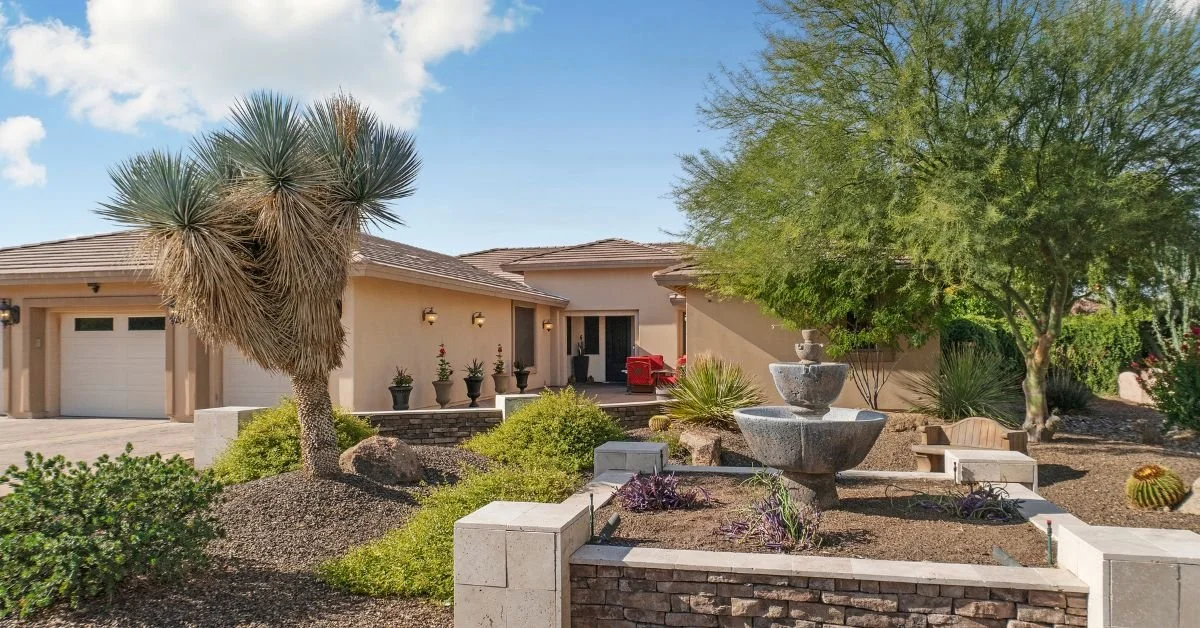What To Know About Selling Homes Near Retention Ponds
Luxury buyers don’t just purchase properties; they buy into visuals, logistics, and long-term value. Homes next to retention ponds are wildcards, especially when buyers start asking questions about maintenance, insurance, and views.
In places like Miami or the Hamptons, a sleek patio facing calm water sells faster (unless that water reeks or floods after heavy rain). Before listing a property near a pond, sellers need sharp answers, polished details, and a plan.
Understand Buyer Perceptions and Lifestyle Appeal
Buyers in upscale markets want a curated experience from the first showing. If they spot cattails sprouting from a murky basin or hear frogs before they hit the driveway, the fantasy dissolves fast. In contrast, a manicured retention area framed by well-kept fencing and LED uplighting can support a premium asking price.
Luxury buyers interpret water differently across regions. In Miami, a water feature near the property line suggests status; in the Hamptons, it raises drainage questions. One key point to know about selling homes near retention ponds is how strongly buyers tie water features to lifestyle value and long-term usability.
Evaluate the Condition of Retention Pond Liners
Pond liners are necessary for any effective liner and often stay invisible until they fail. However, their condition shapes everything from inspection reports to investor interest. A warped or bubbling liner reads as a future expense to seasoned buyers who don’t want maintenance surprises two months in.
High-end buyers view hidden infrastructure as a silent indicator of quality. Proactive sellers in New York suburbs or East End villages hire specialists to inspect and document liner conditions upfront. Presentation matters, especially when expectations sit sky-high.
Disclosures, Flood Zones, and Insurance Premiums
Luxury buyers expect full transparency on anything that touches water or mud. If sellers skip flood disclosures or hedge around water table concerns, investors will walk. In high-risk zones, one policy quote can kill momentum if the buyer senses underreported costs.
Flood zone status, past drainage issues, and elevation maps all affect insurance premiums. High-net-worth buyers send attorneys to review records before making an offer. Many factors go into determining if a location is a good investment. Floodplain classification often tops that list.
Neighborhood HOA Rules and Maintenance Responsibility
Upscale buyers despise vagueness, especially when it involves surprise fees. If a retention pond sits in a common space, sellers must show exactly who pays for maintenance, how often care and repairs are necessary, and what the costs include. Documents showing recent dredging or fence repairs help buyers picture long-term ownership.
One key detail to know about selling homes near retention ponds is how HOA enforcement power and long-term financial obligations shape buyer decisions. Miami buyers ask different questions than those in upstate New York, but all of them want receipts. Buyers don’t want to inherit someone else’s deferred headache.
Leverage Water Features in Marketing Without Overpromising
Real estate copywriters love words like “serene” or “lakeside,” but seasoned investors read between every line. Sellers who call drainage ditches “water views” risk post-show backlash. Instead of puffery, lean on accuracy that still sells. Phrases like “professionally managed retention feature with native landscaping” resonate better with buyers.
Upgrades like tasteful fencing, mood lighting, or eco-conscious drainage zones help build trust. Never guess what the pond is for. Know it, document it, and present it like a feature, not a liability. Presentation wins the listing war before pricing enters the room.
Have a listing you think should be featured contact us or submit here to tell us more! Follow Off The MRKT on Twitter and Instagram, and like us on Facebook.



